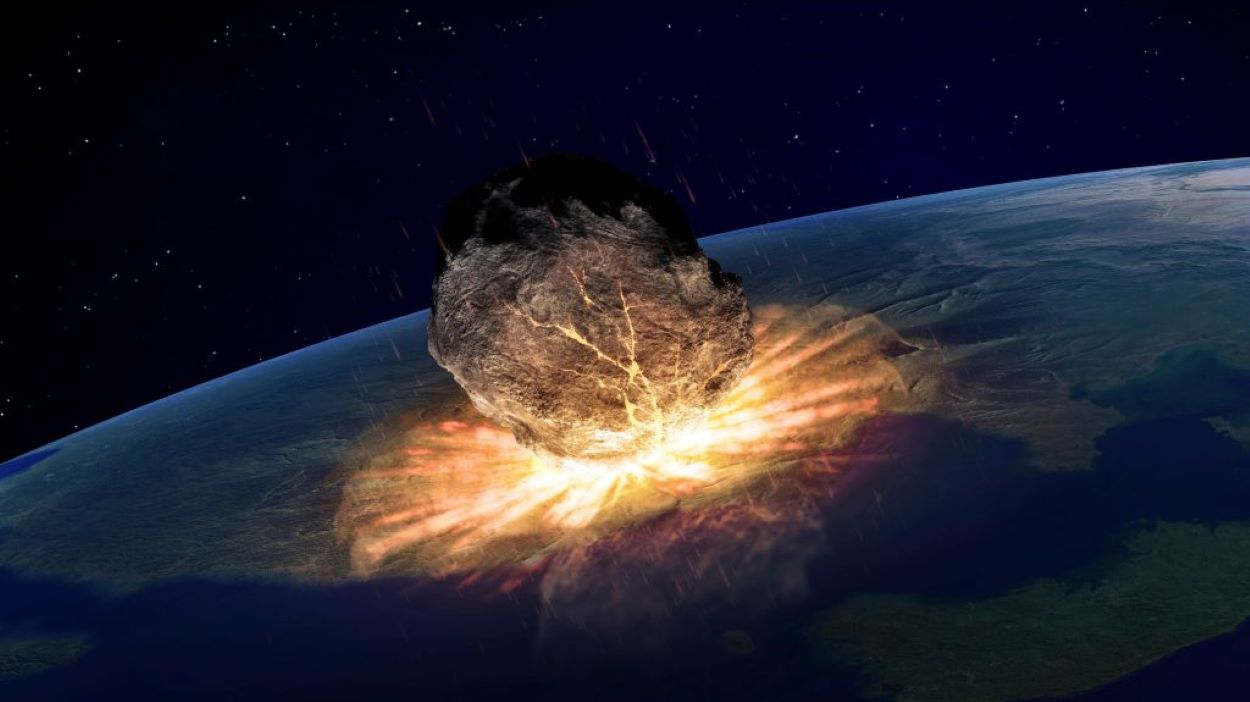A meteorite far larger than the one that ended the Cretaceous Period hit Earth 3.26 billion years ago, causing massive global devastation. Yet, new research indicates this event may have benefited early life by serving as a colossal “fertilizer bomb.” This phenomenon provided essential nutrients like phosphorus and iron to the dominant bacteria and archaea.
Researchers studied ancient rocks from the Barberton Greenstone Belt in northeastern South Africa. They discovered signs of life’s quick recovery from the impact, evident in the geochemical signatures of preserved organic material and fossils of marine bacteria.
“Life rebounded swiftly once conditions normalized, and it even thrived,” said Nadja Drabon, a Harvard University geologist and lead author of the study published in the Proceedings of the National Academy of Sciences.
During the Paleoarchean Era, Earth experienced frequent, large meteorite impacts. “At this time, Earth was mostly water, with emerging volcanic islands. There was no oxygen gas in the air or oceans, and cells lacked nuclei,” added Andrew Knoll, a Harvard geologist and study co-author.
The meteorite, a carbon-rich carbonaceous chondrite containing phosphorus, measured 23-36 miles in diameter. This size made it 50-200 times more massive than the asteroid that killed the dinosaurs.
“The impact was sudden and intense, vaporizing the meteorite and the earth upon contact,” explained Drabon. “It likely hit the ocean, causing a worldwide tsunami that upheaved the seabed and superheated the atmosphere, boiling the upper ocean layers,” she added.
Recovery took years to decades as dust settled and temperatures dropped, allowing ocean water to recondense. The initial aftermath devastated microbes dependent on sunlight and shallow waters.






